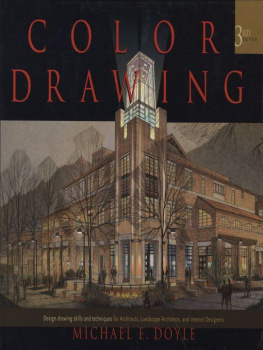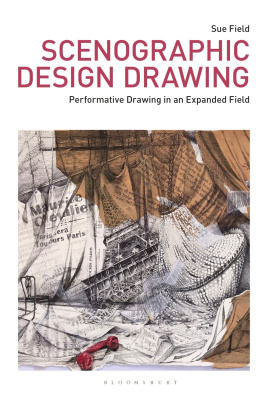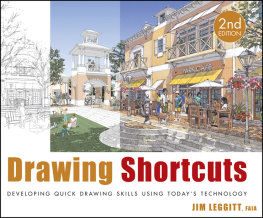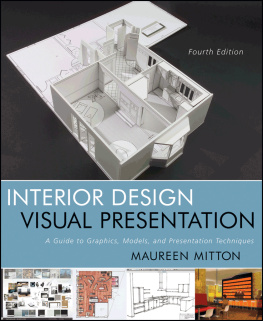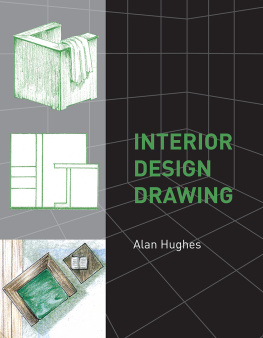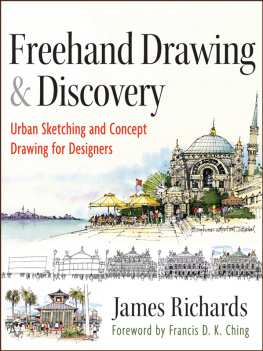Table of Contents
This book is printed on acid-free paper.
Copyright 2007 by John Wiley & Sons, Inc. All rights reserved
Published by John Wiley & Sons, Inc., Hoboken, New Jersey
Published simultaneously in Canada
No part of this publication may be reproduced, stored in a retrieval system, or transmitted in any form or by any means, electronic, mechanical, photocopying, recording, scanning, or otherwise, except as permitted under Section 107 or 108 of the 1976 United States Copyright Act, without either the prior written permission of the Publisher, or authorization through payment of the appropriate per-copy fee to the Copyright Clearance Center, 222 Rosewood Drive, Danvers, MA 01923, (978) 750-8400, fax (978) 646-8600, or on the web at www.copyright.com. Requests to the Publisher for permission should be addressed to the Permissions Department, John Wiley & Sons, Inc., 111 River Street, Hoboken, NJ 07030, (201 ) 748-6011, fax (201) 748-6008.
Limit of Liability/Disclaimer of Warranty: While the publisher and the author have used their best efforts in preparing this book, they make no representations or warranties with respect to the accuracy or completeness of the contents of this book and specifically disclaim any implied warranties of merchantability or fitness for a particular purpose. No warranty may be created or extended by sales representatives or written sales materials. The advice and strategies contained herein may not be suitable for your situation. You should consult with a professional where appropriate. Neither the publisher nor the author shall be liable for any loss of profit or any other commercial damages, including but not limited to special, incidental, consequential, or other damages.
For general information about our other products and services, please contact our Customer Care Department within the United States at (800) 762-2974, outside the United States at (317) 572- 3993 or fax (317) 572-4002.
Wiley also publishes its books in a variety of electronic formats. Some content that appears in print may not be available in electronic books. For more information about Wiley products, visit our web site at www.wiley.com.
ISBN-13: 978-0-4 71-74190-9 ISBN-10: 0-471-74190-6
Printed in the United States of America
10 9 8 7 6 5 4 3 2
TO WILLIAM KIRBY LOCKARD. FAIA
For your kindness, mentorship, and support.
Drawing as a Means to Architecture spoke to me as a student,
late one night years ago, and changed my life.
ACKNOWLEDGMENTS
This book would not have been accomplished without the presence of the many generous people in my life:
My wife, Ellen, for her love and wisdom.
The partners of CommArtsJanet Martin, Richard Foy, and Henry Beerwhom I thank for their continued and enthusiastic support.
The many designers and staff at CommArts, who freely gave their assistance: Melissa Britz, Taku Shimizu, Bryan Gough, Kristian Kluver, Jim Babinchak, Grady Huff, Patty Van Hook, and Gary Kushner. Keith Harley deserves special thanks for the graphic design of this book and its cover.
John Bacus, for his brilliance and witand for opening my eyes to the digital universe.
The Design Communication Association (DCA), for its support of both traditional and new design communication education. The DCA has given us a wonderful way to exchange ideas about how to more effectively communicate our design ideas.
James R. DeTuerk, professor emeritus, Department of Landscape Architecture, the Pennsylvania State University. I will be forever grateful for his inspiration.
Frank M. Costantino, Douglas E. Jamieson, Ronald J. Love, Thomas W. Schaller, AlA, and Curtis J. Woodhouse for their generosity in allowing me to publish their professional illustrations. Their words of encouragement were much appreciated.
Paul Stevenson Oles, FAIA, for his gentle insistence, through his work and his words, that value is the key to effective color illustration.
INTRODUCTION
The purpose of this book is to provide an approach to drawing in color during the early phases of your design process. As you become familiar with this approach, you will find your ability to draw in color considerably expanded and, as a result, you will be able to create your design studies more quickly and effectively. You will also find yourself selectingand inventingfavorite ways of drawing in color. This is as it should be, as there is no one correct approach to creating these drawings. Rather, you will find that your approach keeps changing and adjusting, depending on the design communication task before you. Use the approachor combination of approachesthat works best for each situation. A significant amount of new material on digital techniques has been added to this new edition, and the presentation of this material presumes the reader has a working knowledge of Photoshop. You may choose to incorporate some or all of these techniques into your approach to color drawing. Or you may choose not to use any of them. The utility of Color Drawing , third edition, does not depend on your understanding or use of digital drawing techniques.
Most of the step-by-step drawings in the book are in perspective, but begin with a completed line drawing. However, be assured that no amount of skill with color can help a drawing that has a poorly drawn underlying structure or one that demonstrates a lack of understanding of light, shade, and shadow. Perspective and shade and shadow are the universal language of design picture making. They form the link between you and those to whom you wish to communicate your conceptual ideas about form, space, and, ultimately, place. In order to help you review and recall the basic elements of design drawing, summary sheets on perspective, line quality, shade and shadow, and illumination have been added to the opening chapter.
If you are new to color design drawing, start at the beginning of the book, because it is organized in a way that builds skills one step at a time, with each succeeding chapter predicated on information supplied by those previous to it. On the other hand, if you are more familiar with this kind of drawing, you may wish to use the book more like a handbook, accessing materials, methods, and techniques as needed.
Part I is an overview of the basic phenomena, media, papers, and techniques that assist you in illustrating the various elements, materials, and finishes you propose to use to bring your ideas to life. You illustrate them to communicate them both to yourself and to others. Chapter 1 is an empirical introduction to the subject, presenting the phenomena of color and light that inform the effects and techniques used throughout the book. Chapter 2 discusses the media and papers that work best for color design drawing. Line media and color mediaincluding pastels and alcohol-based markersare introduced, as well as recommended palettes of markers, color pencils, and pastels. Ink-jet paper has been added to a list of papers that includes Canson paper and bond paper, all of which are compatible with this books approach to color drawing. Chapter 3 shows a variety of techniques used to apply color media and to create impressions of materials, and now includes basic digital techniques. The sketch/photo combohand drawing with digital color, hybrid color drawing, and a new retrocolor technique that uses mylar are a particular focus. Chapter 4 uses these media, paper, and techniques to create an encyclopedia of step-by-step approaches to the illustration of elements, materials, and finishes that architects, landscape architects, and interior designers commonly use in practice. Chapter 5 shows how to draw scale elements in color, including unique approaches to drawing automobiles and a new way to illustrate human figures.

